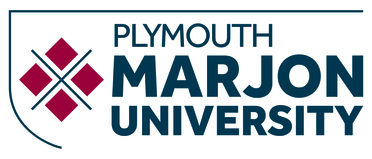Content Analysis of Patient Safety Incident Reports for Older Adult Patient Transfers, Handovers, and Discharges: Do They Serve Organizations, Staff, or Patients?
Scott, Jason, Dawson, Pamela, Heavey, Emily, De Brún, Aoife, Buttery, Andy, Waring, Justin and Flynn, Darren (2021) Content Analysis of Patient Safety Incident Reports for Older Adult Patient Transfers, Handovers, and Discharges: Do They Serve Organizations, Staff, or Patients? Journal of Patient Safety, 17 (8). pp. 1744-1758. ISSN 1549-8417
|
Text
Content Analysis of Patient Safety Incident Reports for Older Adult Patient Transfers, Handovers, and Discharges Do They Serve Organizations, Staff, or Patients.pdf - Published Version Available under License Creative Commons Attribution Non-commercial No Derivatives. Download (353kB) | Preview |
Abstract
Objective The aim of the study was to analyze content of incident reports during patient transitions in the context of care of older people, cardiology, orthopedics, and stroke. Methods A structured search strategy identified incident reports involving patient transitions (March 2014–August 2014, January 2015–June 2015) within 2 National Health Service Trusts (in upper and lower quartiles of incident reports/100 admissions) in care of older people, cardiology, orthopedics, and stroke. Content analysis identified the following: incident classifications; active failures; latent conditions; patient/relative involvement; and evidence of individual or organizational learning. Reported harm was interpreted with reference to National Reporting and Learning System criteria. Results A total 278 incident reports were analyzed. Fourteen incident classifications were identified, with pressure ulcers the modal category (n = 101,36%), followed by falls (n = 32, 12%), medication (n = 31, 11%), and documentation (n = 29, 10%). Half (n = 139, 50%) of incident reports related to interunit/department/team transfers. Latent conditions were explicit in 33 (12%) reports; most frequently, these related to inadequate resources/staff and concomitant time pressures (n = 13). Patient/family involvement was explicit in 61 (22%) reports. Patient well-being was explicit in 24 (9%) reports. Individual and organizational learning was evident in 3% and 7% of reports, respectively. Reported harm was significantly lower than coder-interpreted harm (P < 0.0001). Conclusions Incident report quality was suboptimal for individual and organizational learning. Underreporting level of harm suggests reporter bias, which requires reducing as much as practicable. System-level interventions are warranted to encourage use of staff reflective skills, emphasizing joint ownership of incidents. Co-producing incident reports with other clinicians involved in the transition and patients/relatives could optimize organizational learning.
| Item Type: | Article |
|---|---|
| Depositing User: | Ms Raisa Burton |
| Date Deposited: | 17 Jan 2024 12:02 |
| Last Modified: | 17 Jan 2024 12:02 |
| URI: | https://marjon.repository.guildhe.ac.uk/id/eprint/17782 |
Actions (login required)
 |
Edit Item |

